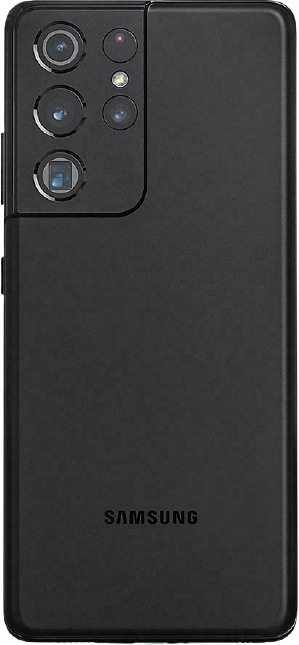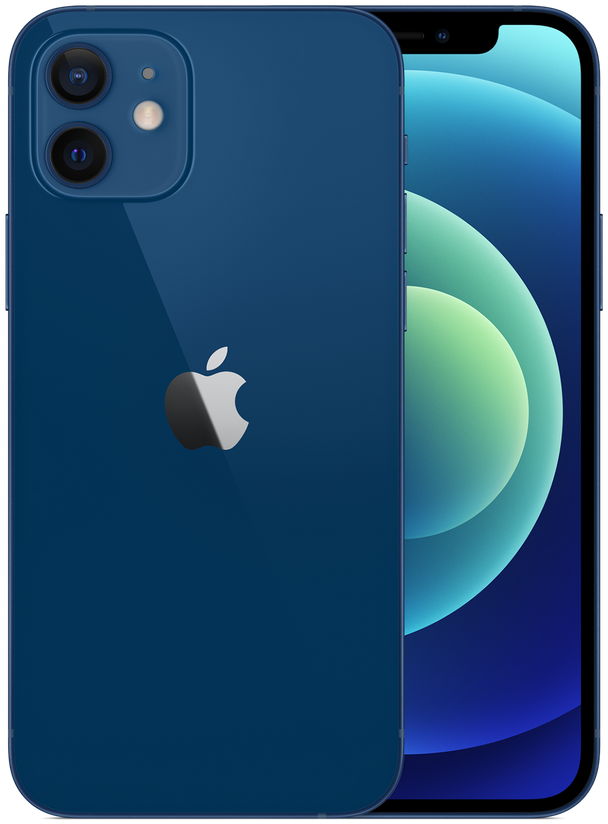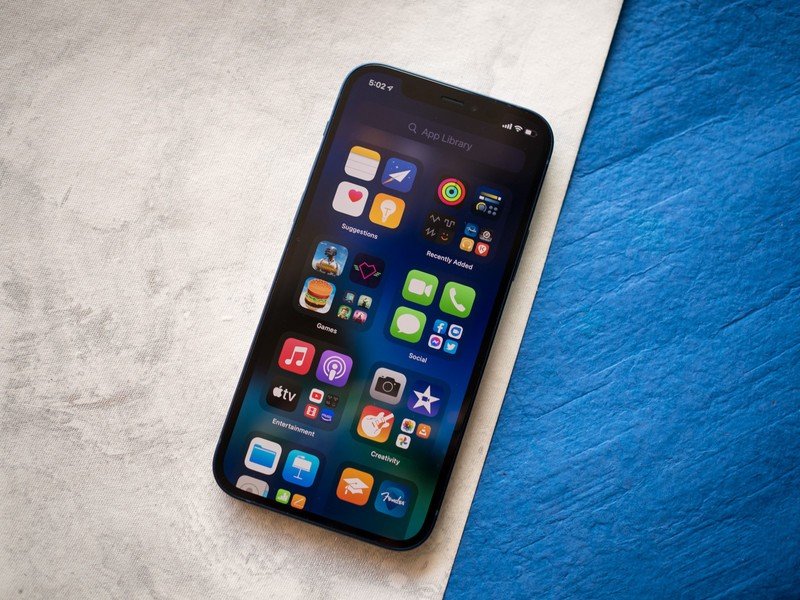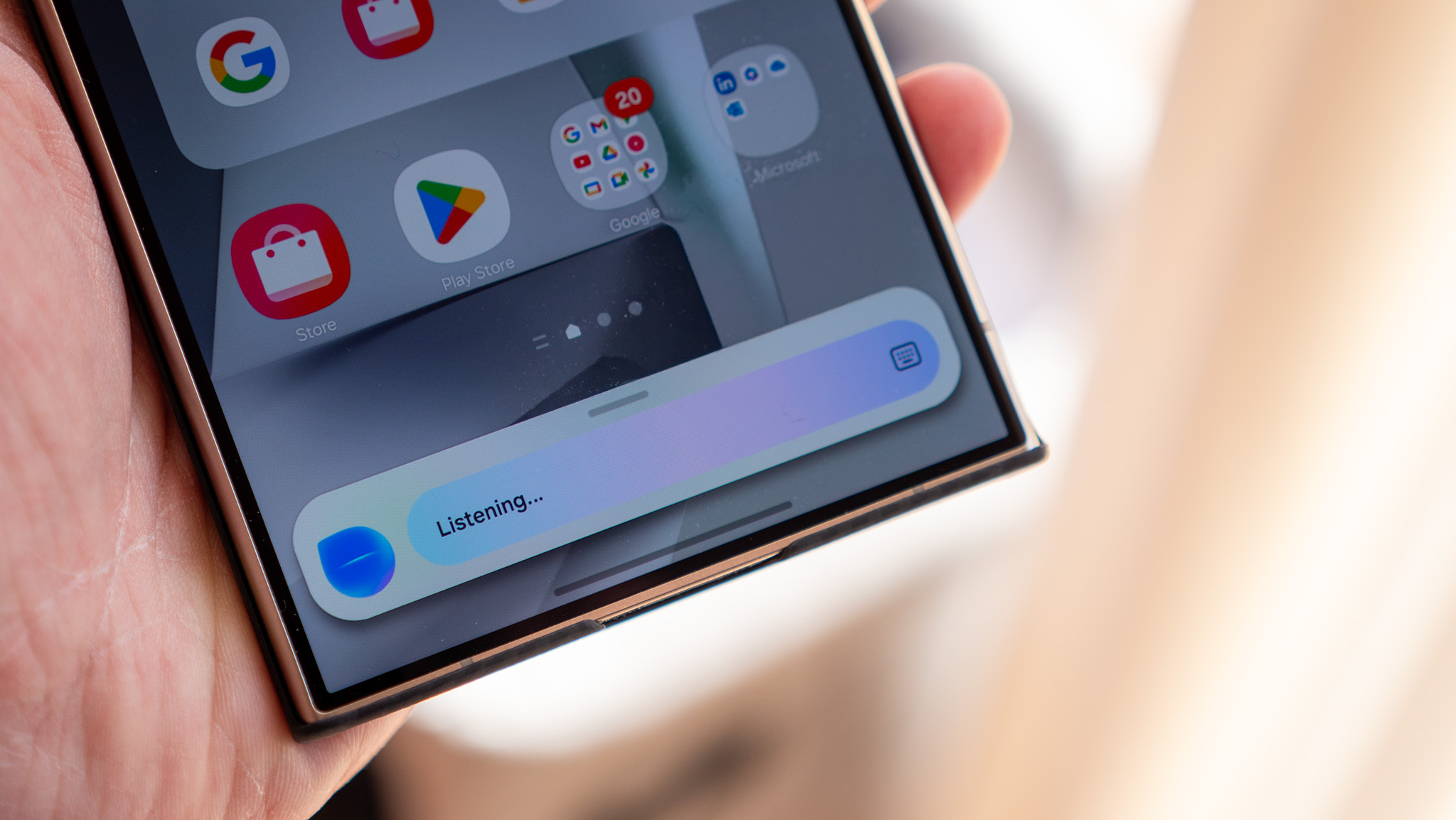Samsung Galaxy S21 vs. iPhone 12: Which should you buy?

Galaxy S21

The Galaxy S21 is missing a few features from its predecessor, but you still get a great overall phone that starts off at an even lower price point. There is a stunning FHD+ AMOLED panel with 120Hz refresh, the latest internal hardware on Android with 5G, all-day battery life, Android 11 with three years of updates, and cameras that take stellar photos.
Galaxy S21
Everything you need
iPhone 12

The iPhone 12 introduces a new design aesthetic and considerable performance upgrades. The A14 Bionic is the mobile chipset to beat right now, there's 5G connectivity, an OLED panel with vibrant colors, great cameras at the back, a new MagSafe wireless charging protocol, and five years of guaranteed software updates.
iPhone 12
The right balance
With the Galaxy S21, Samsung is going back to the basics. The phone misses out on a QHD+ panel and a glass back, and as a result is debuting for $200 less than its predecessor. That puts it squarely in the price bracket of the iPhone 12. Both phones are more similar than you think, so let's take a look at how the Galaxy S21 holds up against the iPhone 12.
Galaxy S21 vs. iPhone 12 A lot of similarities here
The Galaxy S21 is a modest upgrade over its predecessor, with Samsung making a few tweaks with the overall design and internal hardware. But the biggest talking point is that the phone starts off at $800, $200 less than the Galaxy S20. The price decrease should allow the Galaxy S21 to become one of the best Android phones in 2021.
Both phones cost the same amount of money, but the S21 has a plastic back.
Samsung had to make a few compromises to get the Galaxy S21 down to $800. While the phone has a new design with a metal cutout for the rear camera housing — which looks incredible, by the way — the back itself is made out of plastic and not glass. That's not really ideal for a phone that costs $800.
The iPhone 12, meanwhile, has a new aesthetic with a boxier design that features a metal mid-frame and glass back. The iPhone 12 is marginally wider than the S21, but it's shorter, thinner by 0.5mm, and lighter by 8g. As a result, it's more conducive as a compact device.
You'll find a 6.2-inch AMOLED panel on the Galaxy S21, with the iPhone 12 offering a 6.1-inch OLED panel. While the S20 featured a QHD+ panel, the S21 comes with an FHD+ (2400x1080) resolution, with the iPhone 12 offering a 2532x1170 resolution. The S21 does have 120Hz refresh rate, so it has an edge in that regard over the iPhone 12, which is limited to 60Hz.
Get the latest news from Android Central, your trusted companion in the world of Android
That said, both devices have vibrant panels and let you stream HDR content on Netflix and other streaming services. As for screen protection, the Galaxy S21 has Gorilla Glass Victus while the iPhone 12 is using a new Ceramic Shield option that offers even better shatter resistance.

Things start to get exciting on the hardware front. The Galaxy S21 is powered by Qualcomm's latest flagship chipset, the Snapdragon 888. The 5nm chipset delivers huge performance gains over last year's Snapdragon 865, and has an integrated 5G modem with global 5G connectivity. The Galaxy S21 has both Sub-6 and mmWave connectivity as standard.
The Snapdragon 888 and A14 Bionic lead the way in terms of performance.
As for the iPhone 12, the 5nm A14 Bionic sets the standard for mobile performance. Apple always had the lead in this area, but Qualcomm is able to come closer than ever this generation, and even outmatches the A14 Bionic in a few areas. Like the S21, you get Sub-6 and mmWave connectivity in the U.S., with global models offering Sub-6 5G connectivity.
You should not see any performance issues in day-to-day use. Both the Galaxy S21 and iPhone 12 deliver rock-solid reliability and run visually-intensive games without any issues whatsoever. Rounding out the hardware, the S21 has 8GB of RAM and 128GB of storage as standard, while the iPhone 12 comes with 4GB of RAM and 64GB of storage.
It's annoying to see the base version of the iPhone 12 offers just 64GB of storage — even mid-range Android devices now have 128GB as standard — so if you need more storage, you will need to pick up the 128GB or 256GB variants. On the bright side, you'll find IP68 dust and water resistance as standard across both devices.
In terms of battery and charging tech, the Galaxy S21 has a 4,000mAh battery with 25W fast charging, 15W wireless charging, and reverse wireless charging. The iPhone 12 has a smaller 2,815mAh battery, but it still manages to deliver a day's worth of use, and it has 20W charging along with 15W MagSafe wireless charging.
The iPhone 12 was the first phone to ditch a charger and earbuds in the box, and Samsung is now following suit with the Galaxy S21. With Xiaomi also doing the same with the Mi 11, it is likely we will see this practice gaining momentum in the industry. That said, it is easy to pick up a wall plug for the Galaxy S21 as it uses USB-C like most Android phones — we've rounded up the best USB-C adapters — whereas the iPhone 12 still uses the Lightning port.
Galaxy S21 vs. iPhone 12 These are the specs
| Category | Galaxy S21 | iPhone 12 |
|---|---|---|
| Operating system | Android 11 One UI 3.1 | iOS 14 |
| Display | 6.2-inch 120Hz Dynamic AMOLED 2400x1080 (20:9) HDR10+ Gorilla Glass Victus | 6.1-inch 60Hz OLED 2532 x 1170 (19.5:9) Dolby Vision Ceramic Shield |
| Chipset | Snapdragon 888 1 x 2.84GHz X1 3 x 2.42GHz A78 4 x 1.80GHz A55 Adreno 660 5nm | Apple A14 Bionic 2 x 3.1GHz Firestorm 4 x 1.8GHz Icestorm 4-core custom GPU 5nm |
| RAM | 8GB LPDDR5 | 4GB |
| Storage | 128GB/256GB UFS3.1 | 64GB/128GB/256GB |
| MicroSD slot | ❌ | ❌ |
| Rear camera 1 | 12MP f/1.8, OIS 8K at 30fps 4K at 60fps | 12MP, f/1.6 1.4um, OIS 4K at 60fps |
| Rear camera 2 | 12MP, f/2.2 wide-angle | 12MP, f/2.4 120-degree wide-angle |
| Rear camera 3 | 64MP, f/3.0 telephoto, OIS 3x optical zoom | ❌ |
| Front camera | 10MP f/1.7 auto focus | 12MP, f/2.2 4K at 60fps |
| Connectivity | 5G (Sub-6 and mmWave) Wi-Fi 6 MU-MIMO Bluetooth 5.0 LE, NFC, GPS | 5G Sub-6, mmWave (U.S.) Wi-Fi 6, Bluetooth 5.0 NFC, A-GPS |
| Audio | USB-C Stereo speakers | Lightning Stereo speakers |
| Battery | 4000mAh Non-removable | 2815mAh Non-removable |
| Charging | USB-C PD3.0 Fast charge (25W) Wireless charging | Lightning (20W) MagSafe Wireless |
| Water resistance | IP68 | IP68 |
| Security | In-display fingerprint sensor Face unlock | Face ID |
| Dimensions | 151.7 x 71.2 x 7.9mm 172g | 146.7 x 71.5 x 7.4mm 164g |
| Colors | Phantom Gray, Phantom White, Phantom Violet, Phantom Pink | Black, White, Green, Blue, PRODUCT(RED) |
Galaxy S21 vs. iPhone 12 It's down to the software

Choosing between the Galaxy S21 and iPhone 12 is a matter of personal preference. Both phones deliver great hardware, 5G connectivity, reliable cameras that work in any lighting scenario, all-day battery life, and IP68 protection along with wireless charging.
The Galaxy S21 has the latest tech, while the iPhone 12 will get more updates.
The line between Android and iOS is blurring as well, with both platforms offering a similar set of features. If you're comfortable with Android, the Galaxy S21 is a great overall choice. Thanks to the 120Hz refresh, 128GB of base storage, and USB-C connectivity, it edges out the iPhone 12 in terms of hardware.
But where the iPhone 12 shines is software updates. While Samsung will deliver three years of guaranteed Android updates to the Galaxy S21, the iPhone 12 will get five years of iOS updates. So if you're looking for a device with the potential for longer updates, the iPhone 12 is the default alternative to the Galaxy S21.

All the latest features you need
With a 120Hz AMOLED panel, the latest internal hardware with 5G connectivity, and standout cameras that take great photos, the Galaxy S21 nails the basics. The fact it's more affordable than its predecessor makes it a great choice in 2021, and the default option if you're looking for an Android flagship.

An ideal flagship alternative
If you're looking to switch away from an Android phone, the iPhone 12 is the obvious choice. The phone has a sublime OLED panel, the fastest mobile hardware you'll find today, great cameras, IP68, and a new MagSafe wireless charging standard. Combine all of that with five years of updates and you have a winner.

Harish Jonnalagadda is Android Central's Senior Editor overseeing mobile coverage. In his current role, he leads the site's coverage of Chinese phone brands, networking products, and AV gear. He has been testing phones for over a decade, and has extensive experience in mobile hardware and the global semiconductor industry. Contact him on Twitter at @chunkynerd.
